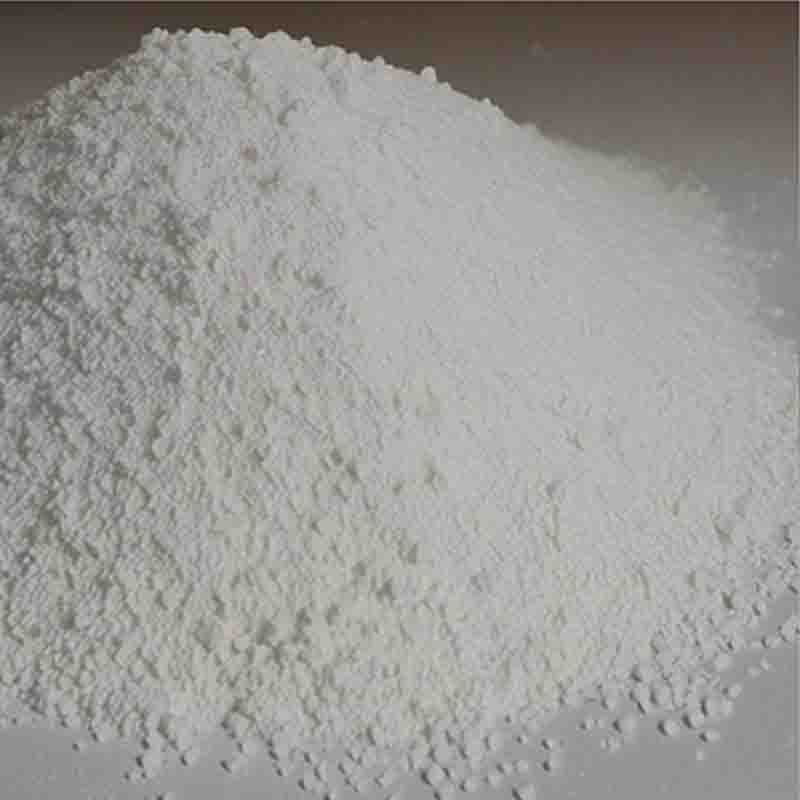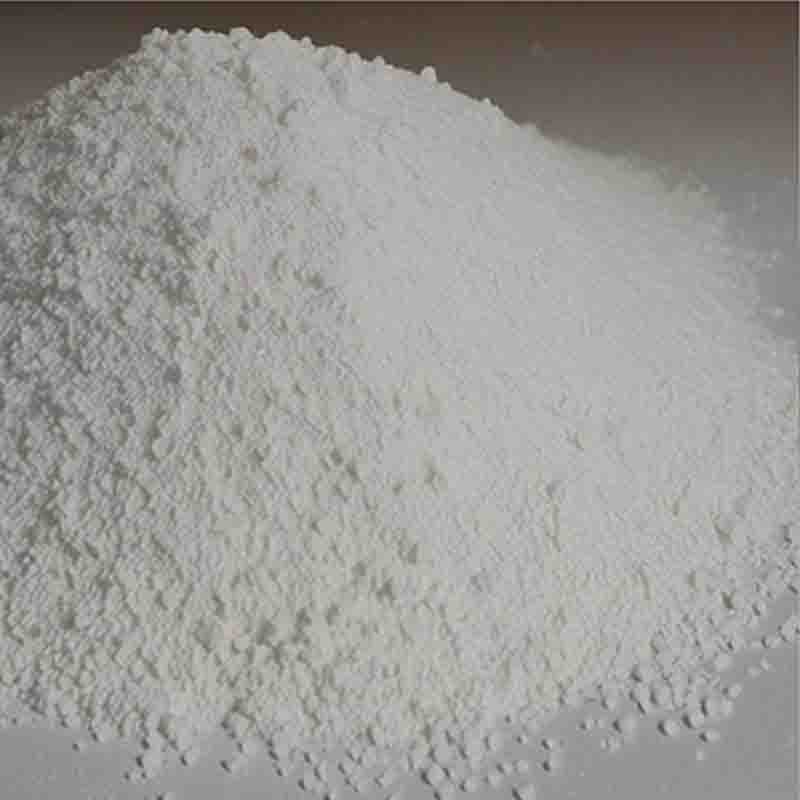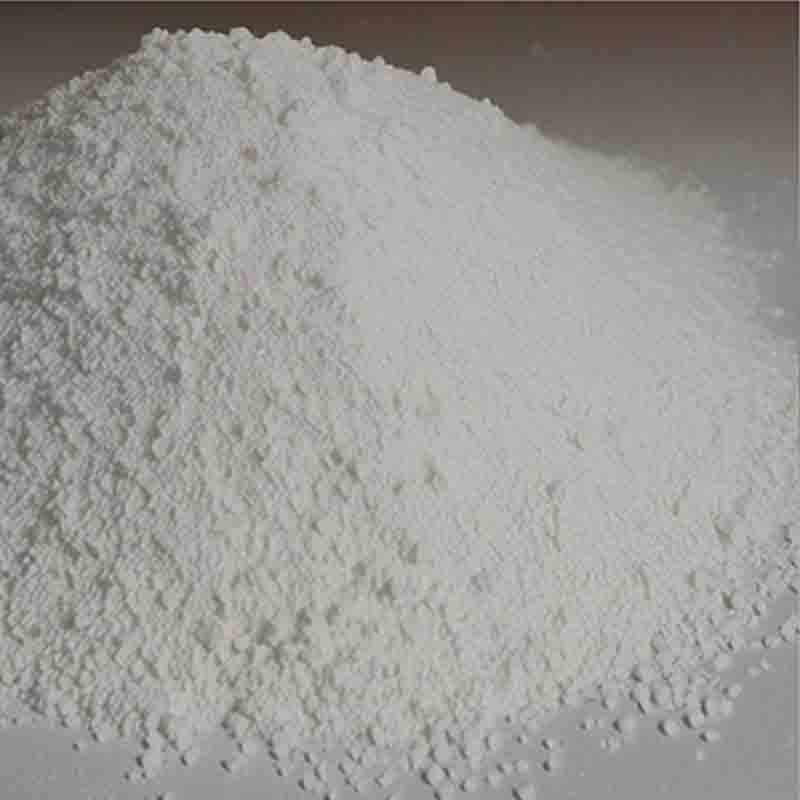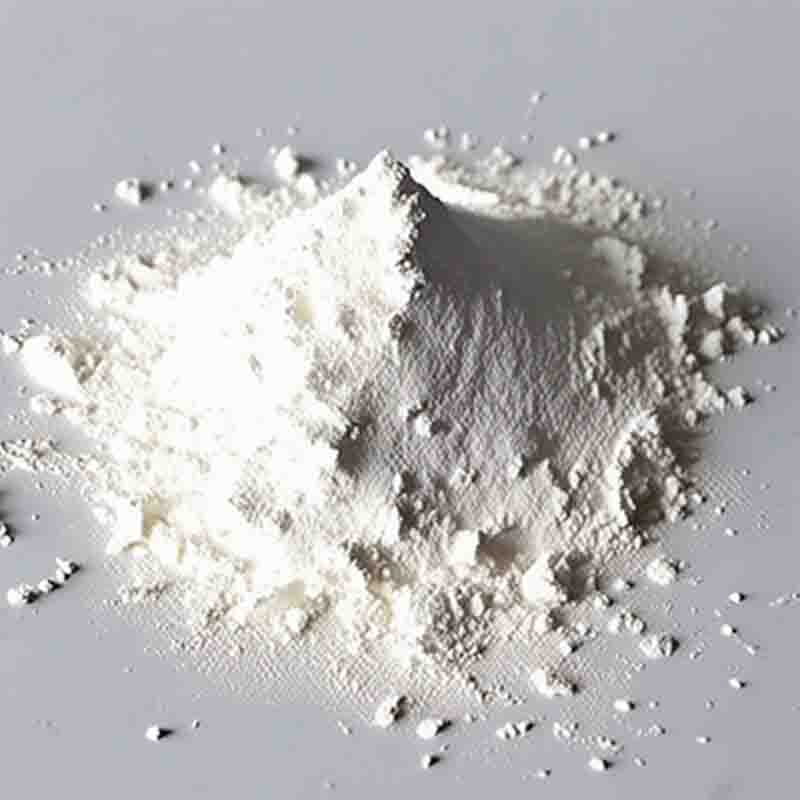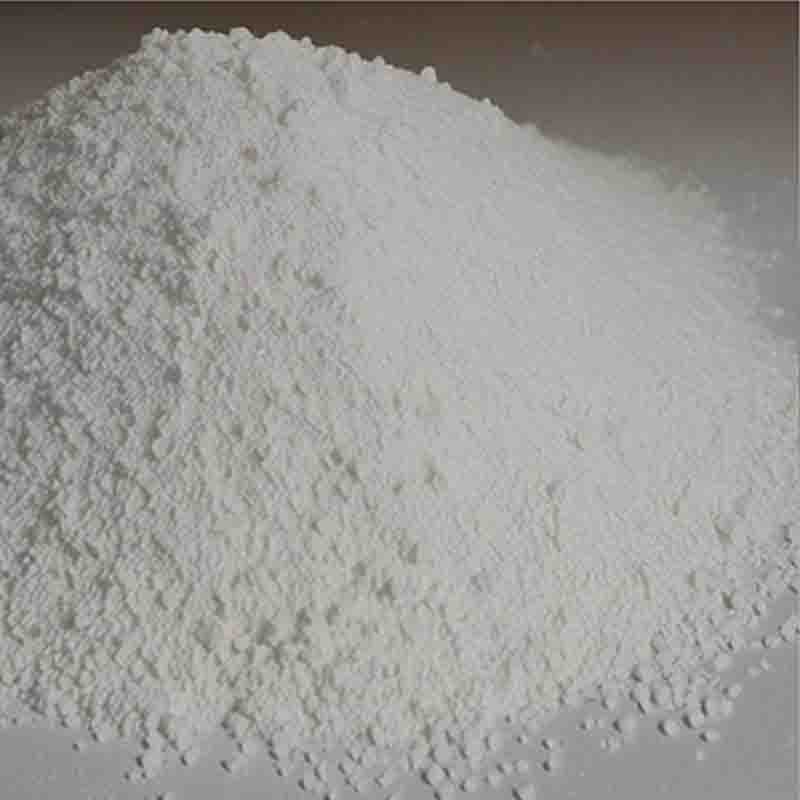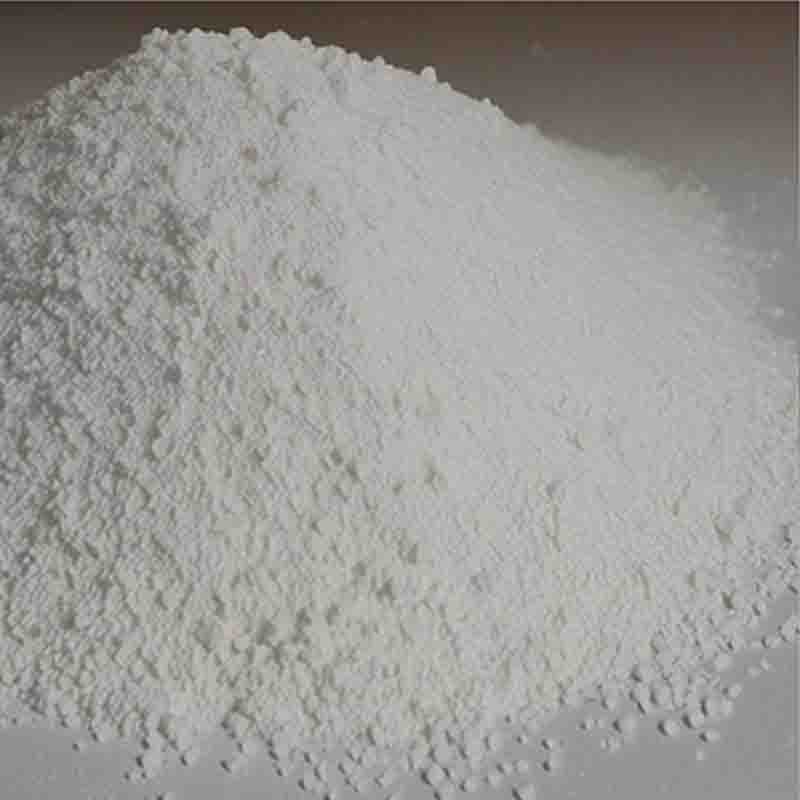Chlorocyclopentadienylbis(triphenylphosphine)ruthenium(II) CAS: 32993-05-8
| Catalog Number | XD94418 |
| Product Name | Bis[Tris(2-methylphenyl)phosphine]palladium |
| CAS | 69861-71-8 |
| Molecular Formula | C42H44P2Pd |
| Molecular Weight | 717.18 |
| Storage Details | Ambient |
Product Specification
| Appearance | White powder |
| Assay | 99% min |
Bis(tricyclohexylphosphine)palladium(0), commonly referred to as Pd(PPh3)2(0), is a highly versatile and widely used catalyst in organic synthesis. It belongs to the palladium(0) class of catalysts, which are known for their ability to catalyze a wide range of reactions with high efficiency and selectivity.One of the key applications of Pd(PPh3)2(0) is in cross-coupling reactions. It is particularly well-known for its use in the Suzuki-Miyaura cross-coupling reaction, where it enables the coupling of aryl boronic acids with aryl or vinyl halides. This reaction is of great importance in the synthesis of pharmaceuticals, agrochemicals, and materials due to its ability to form carbon-carbon bonds in a controlled and predictable manner.Additionally, Pd(PPh3)2(0) is commonly employed in other types of cross-coupling reactions, such as the Heck reaction (coupling of aryl or vinyl halides with alkenes), the Negishi reaction (coupling of organozinc reagents with aryl or vinyl halides), and the Stille reaction (coupling of organotin compounds with aryl or vinyl halides). These reactions allow for the construction of complex molecules and the introduction of various functional groups, making Pd(PPh3)2(0) an indispensable tool in synthetic chemistry.Moreover, Pd(PPh3)2(0) is widely used in carbon-heteroatom bond formation reactions. It promotes the formation of C-N, C-O, C-S, and C-C bonds, among others. These reactions are crucial in the synthesis of pharmaceuticals, natural products, and advanced materials, as they enable the installation of important functional groups and the construction of intricate molecular architectures.Pd(PPh3)2(0) is also known to catalyze various other transformations, such as hydrogenation reactions, allylic substitutions, and carbonylation reactions. It enables the reduction of carbon-carbon multiple bonds, facilitating the synthesis of valuable intermediates and functionalized molecules. Additionally, it can catalyze the substitution of allylic positions in certain substrates, leading to the synthesis of allylic derivatives. Furthermore, Pd(PPh3)2(0) can facilitate carbonylation reactions, allowing for the incorporation of carbon monoxide into organic molecules.The unique combination of high reactivity, selectivity, and versatility makes Pd(PPh3)2(0) an indispensable catalyst in modern organic synthesis. Its ability to catalyze cross-coupling reactions, carbon-heteroatom bond formations, hydrogenations, allylic substitutions, and carbonylation reactions enables researchers to access a wide range of chemical compounds in a controlled manner. Pd(PPh3)2(0) continues to play a vital role in the development of pharmaceuticals, agrochemicals, materials science, and other fields that rely on advanced organic synthesis techniques.


